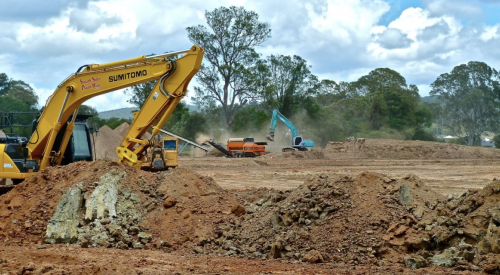|
Chuck Shinn, President, Lee Evans Group
cshinn@ leeevansgroup.com
|
Last month we looked at rising land prices in hot housing markets across the country and offered the opinion that now is not the best time to buy land in large parcels. But it's hard to avoid getting caught up in a land frenzy when homes sales are outpacing additions to the lot inventory. We offered the theory that land buys should be an integral part of your five-year business plan - so lots keep coming onstream as needed for the product lines you build.
This month we want to take that theory into practice by offering a hypothetical example of how a builder who plans to sell 168 houses this year would look at land buys.
Let's say this builder is selling in two areas of his market - east and west - and this year his plan is to sell 48 first-time buyer houses, 72 first move-up houses and 48 second move-ups. The east division will have 75% of the first-time homes, 50% of the first move-ups and 25% of second move-ups. The west division will generate 25% of first-time, 50% first move-up and 75% of second move-up.
|
||||||||||||||||||||||||||||||||||||||||||||||||||||||||||||
The builder's established policy is to maintain a one-year supply of finished lots, one year of lots in development, 18 months of land in entitlement and three years of raw land under his control. Based on this, the land strategy should be as follows:
Under the proactive land strategy, the builder needs to control approximately 1,100 lots divided as we see in the table to maintain his land pipeline to satisfy his various market segments. Much of the land is either raw or going through the entitlements process. Where possible, the raw land should be held under an option agreement.
Once the strategy has been developed, the builder just measures land inventory against the plan on a monthly basis. Any discrepancies in the land holdings from the plan should be corrected. When the land inventory is in alignment with the land and business plan, monthly review allows the builder to anticipate land needs based on the sales rate for the last three months annualized. For example:
|
|||||||||||||||||||||||||
At this sales rate, the builder will need 56 finished lots instead of the 36 planned. Since he's monitoring his lot requirements monthly and has developed a lot strategy and pipeline, he can respond to the increased lot demand and maintain sales and closings.
If this higher sales pace continues for several months, the builder will begin to adjust each pipeline stage, perhaps beginning the entitlements process earlier than previously planned on the next parcel of raw land. By having a five-year land strategy tied to the business plan, the builder can respond rapidly to the changing market conditions that he monitors monthly. The land pipeline allows him to maintain production without overextending the company financially with land acquisitions that don't fit his needs or his long-range plan. The pressure is off.
|












